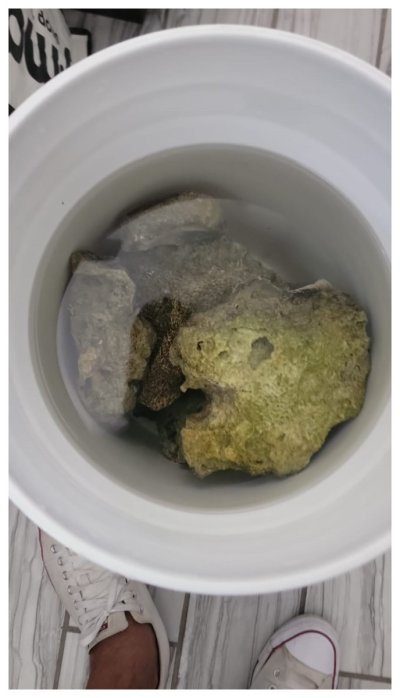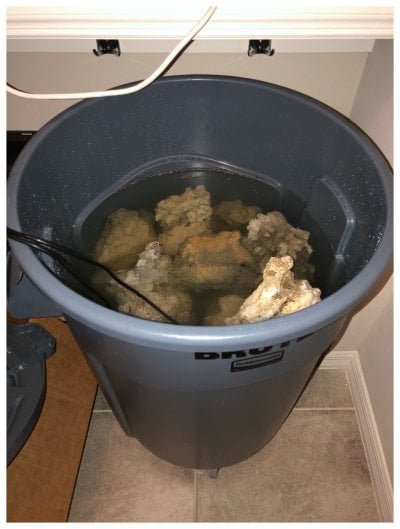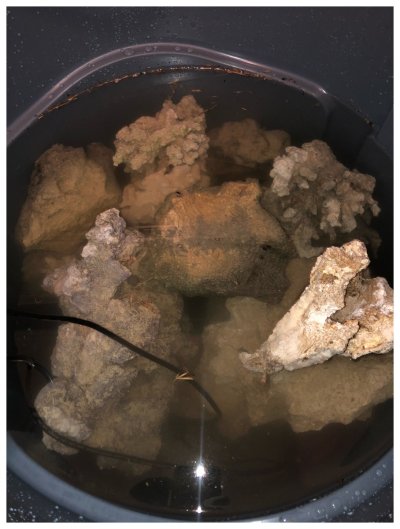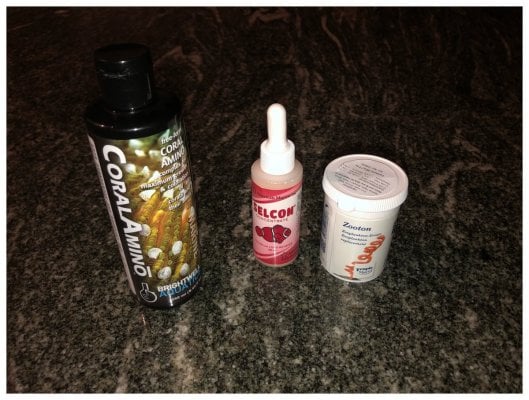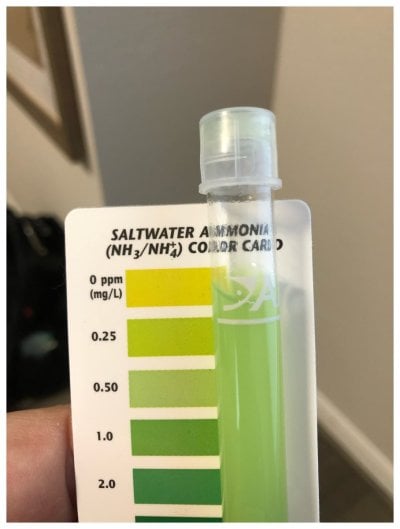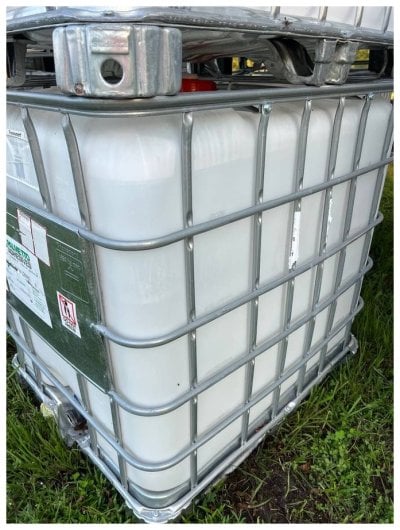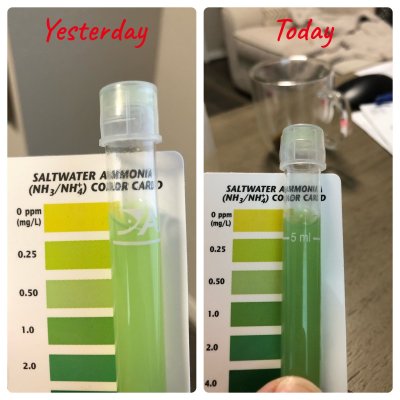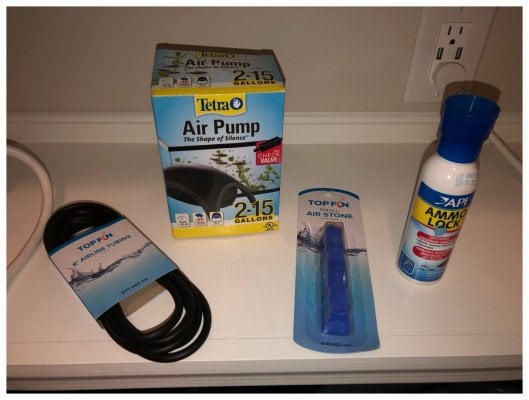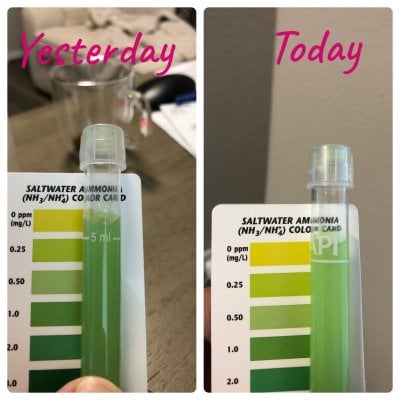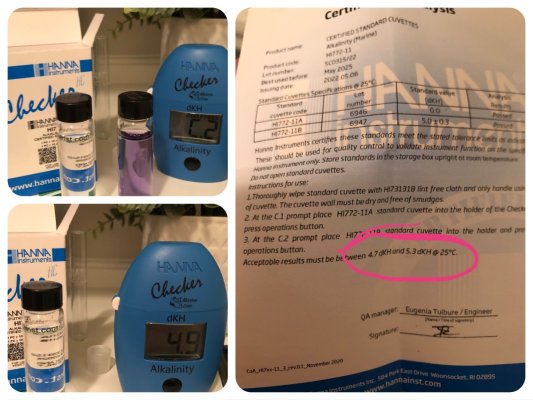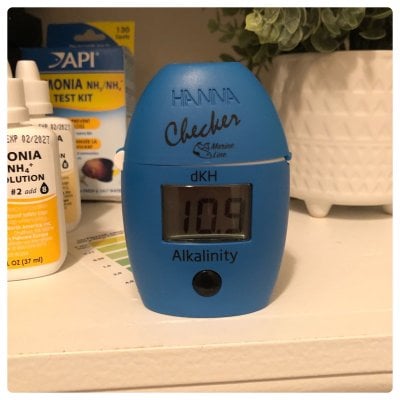So... created a poll for my 2 favorite scapes - so far scape B is winning about 65:35.
Went out this morning to take a couple more shots and saw an idea for another scape, so took pictures and started a new poll...

 www.reef2reef.com
www.reef2reef.com
Here is the scape option I added... Any guesses which one is my fav?



Video of scape C
Went out this morning to take a couple more shots and saw an idea for another scape, so took pictures and started a new poll...

Narrowed It Down to 3 Scapes (New Added Scape) - Help Me Decide Which is Best!
For those of you following along, I started a poll yesterday below. One of the main asks was to see a "floor" view of the scapes. I went out to the garage a few minutes ago to grab a couple extra pictures, and saw an idea for an additional 3rd scape. If you were following along earlier...
 www.reef2reef.com
www.reef2reef.com
Here is the scape option I added... Any guesses which one is my fav?
Video of scape C
Last edited:




